Dimlama: Basic Information
Pronunciation
Alternative Name(s)
Dish Type
Course
Mealtime
Popular Variations
Dimlama: Ingredients and Preparation
Main Ingredients
Main Cooking Method
Preparation Process
Dimlama: A Deep Dive
Cultural Significance
Taste
Texture
Aroma
Color
Serving Style
Serving Temperature
Accompaniment
Occasions
Seasons
Special Diets
Calories
Popularity
Popular Similar Dishes
Popular Dining Area
Dimlama is a classic Turkic and Uzbek stew popular in Uzbekistan, Kyrgyzstan, Kazakhstan, and Tajikistan. It consists of meat, vegetables, and, occasionally, fruits.
Lamb, beef, and veal are popular protein choices, while potatoes, onions, carrots, tomatoes, and cabbages provide fiber and carbs. Ideal flavorings include simple spices like cumin and cloves.
The preparation of dimlama involves cutting the meat and vegetables into large chunks, layering them in a covered pot, and simmering everything with a small amount of water. Dimlama is cooked in vegetable juice, giving it a rich and hearty flavor.
The Central Asia vegetable stew is usually available in spring and summer when local vegetables are at their best. Vegan dimlama is a common variation these days.
There are more amazing facts about dimlama waiting for you ahead, such as the pros and cons of the vegetable stew, useful responses to common questions about dimlama, and similar dishes.
Key Points
Dimlama Images
Pros and Cons of Eating Dimlama
To know whether dimlama is suitable for your meals or not, check out the advantages and disadvantages of this stew.
Pros
Cons
Now that you have explored the pros and cons of dimlama, let’s dive into the queries people usually have about the stew.


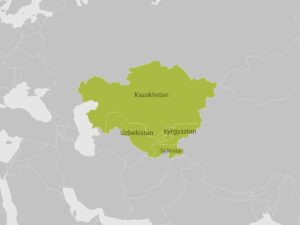
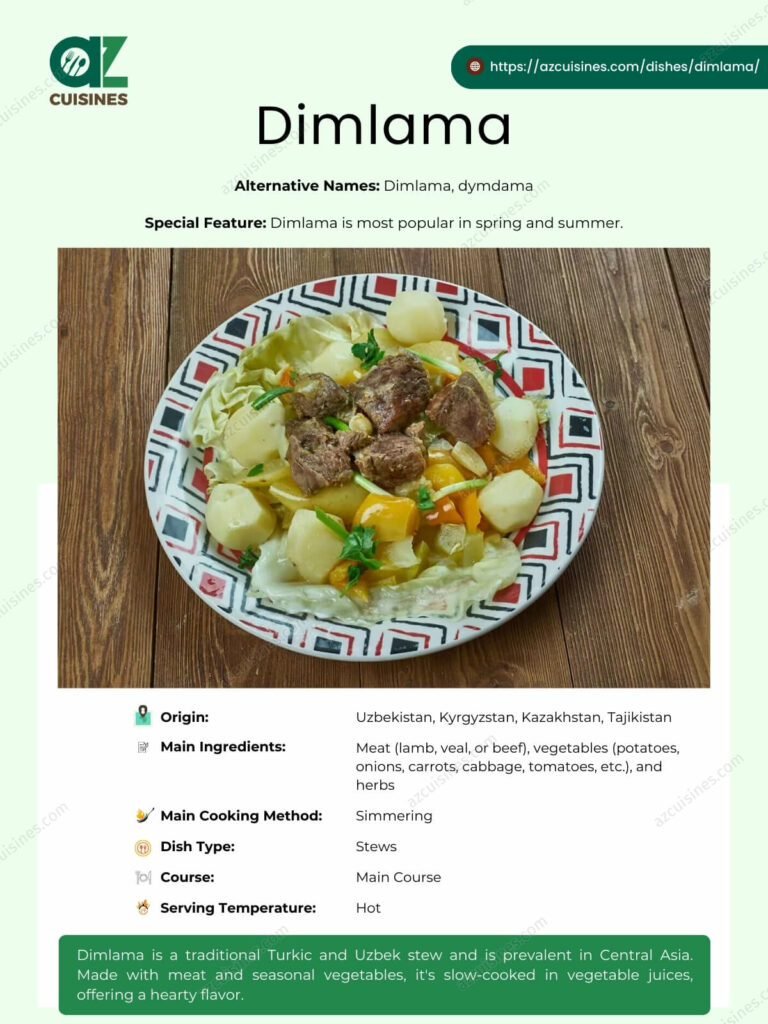
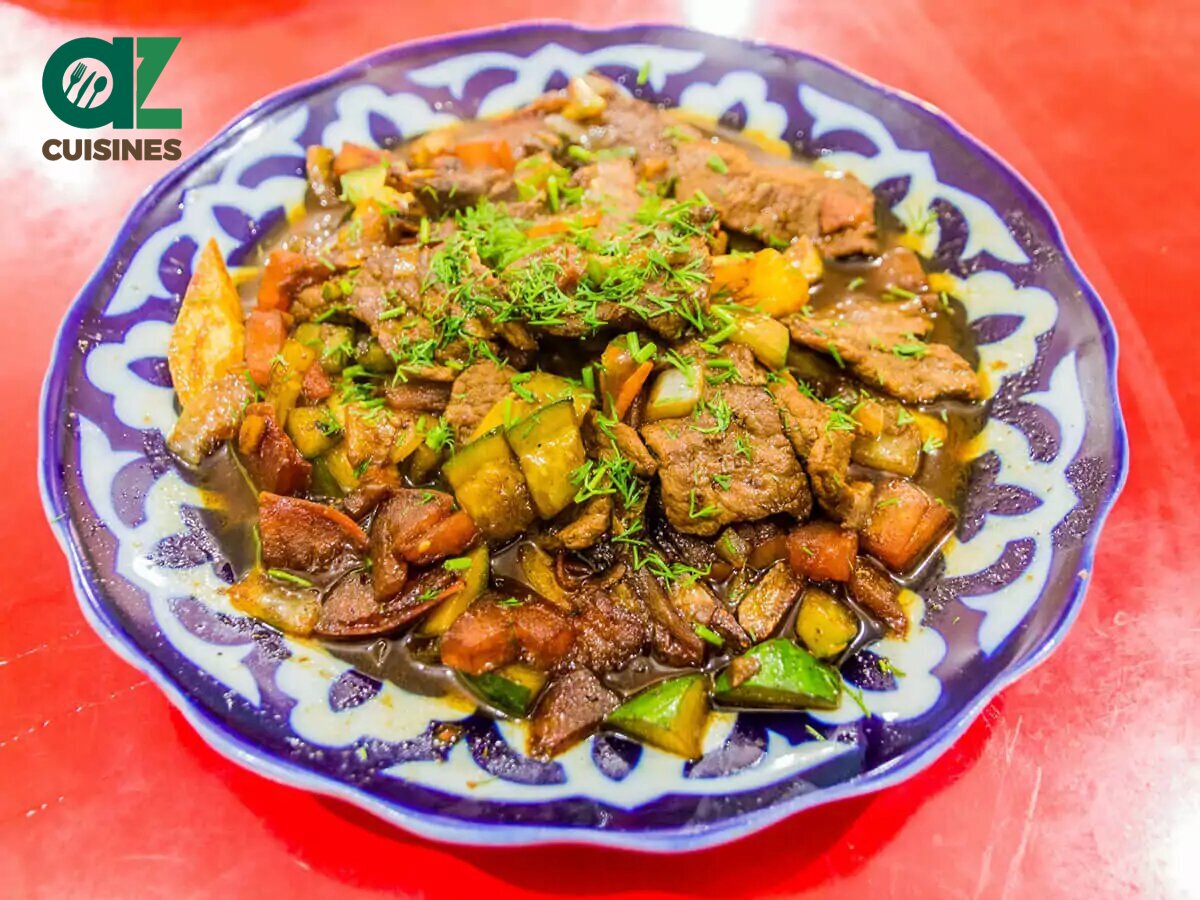

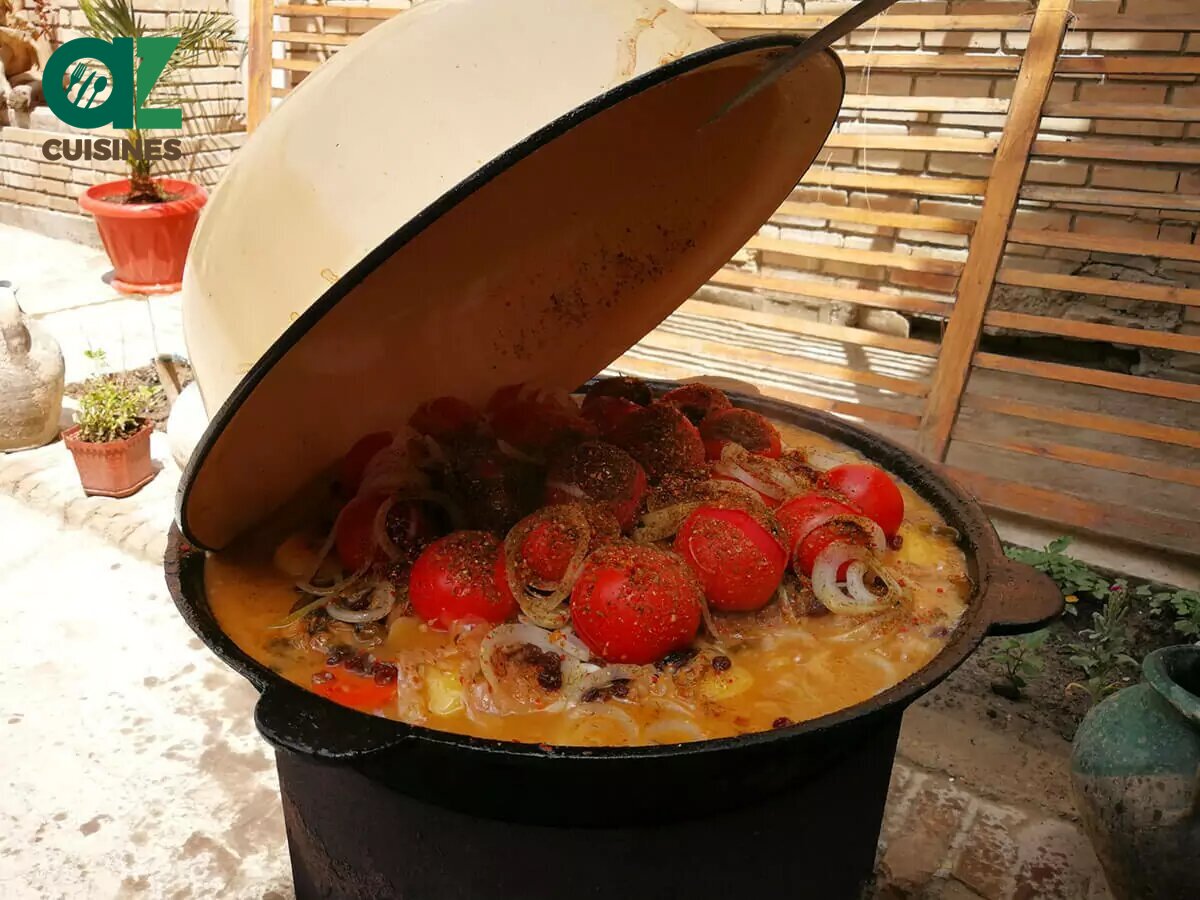
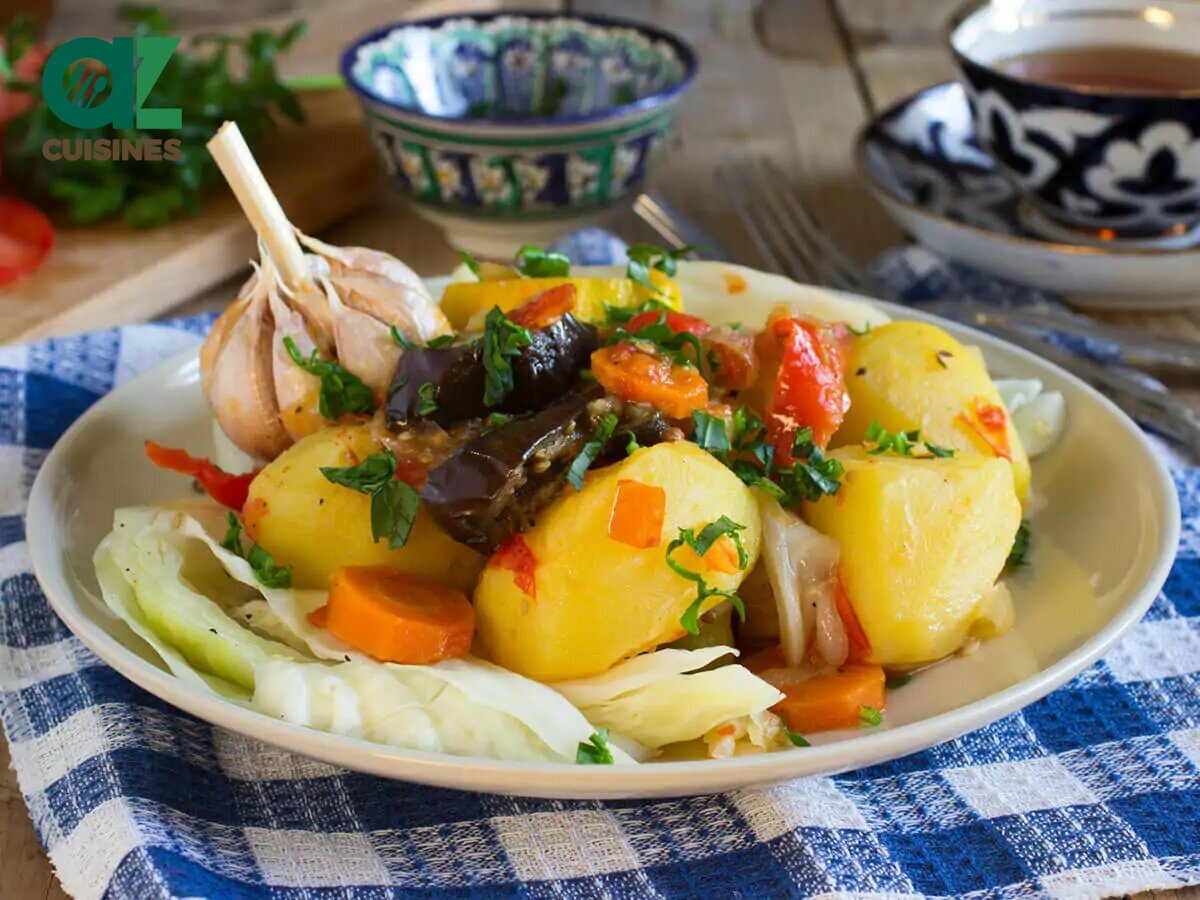
Adam Sam
Senior Food and Drink Editor
Expertise
Food Writer & Recipe Developer, Recipe Tester, Bartender, Cooking-video Maker, Editor In Chief
Education
Adam Sam, an experienced food writer and recipe developer, is passionate about blending diverse culinary traditions, national dishes, and innovative beverages, showcasing his proficiency in both traditional and modern recipe testing.
As the Editor-in-Chief, he elevates culinary content from street food to fine dining, focusing on Western cuisine and types of drinks at azcuisines.com, and is professional in creating engaging cooking videos that simplify complex dishes and ingredients.
His passion for food is evident in his writing, where he uniquely merges various cultures, traditions, and contemporary trends, skillfully combining classic recipes with modern cooking methods.